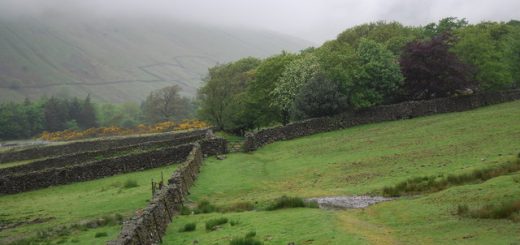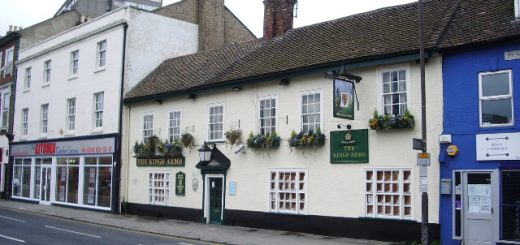Machermore Castle
Machermore Castle possibly dates from the late 16th to early 17th century. Below is an account of a reported experience in the castle, it is extracted from ‘Witchcraft and Superstitious Record in the South-Western District of Scotland by J Maxwell Wood(1911)’ and cites his source as an article entitled “The White Lady of Machermore,” contributed to the Galloway Gazette by James G. Kinna.
“Pleasantly situated on the east bank of the Cree, about a mile from the town, Machermore Castle is a prominent feature in the landscape as the traveller approaches Newton-Stewart by rail from the south. For wellnigh three hundred years the grey old Castle of Machermore bravely weathered the storms, and it would have continued to do so unscathed had not modern times necessitated structural changes. The Castle now presents a happy instance of the blending of the old and new styles of architecture—an adaptation of the past to present requirements.
It is a curious circumstance that although certain spots near Machermore Castle have always been associated with the name of the White Lady no one has ever actually seen the mysterious being. And yet there are few of the older residenters in the parish of Minnigaff who have not heard their grandfathers speak of her as a reality.
Machermore Castle is believed to have been built about the latter end of the sixteenth century. Tradition says that it was at first intended to build the Castle on the higher ground, a little to the north-east of the present site, but that during the night the foundation stones were always removed, so that what was built during the day was carried off by unseen hands and deposited in another place. As it was no use to strive against the supernatural, the Castle was eventually built where the materials were always found in the morning.
In the Castle itself was a room reputed to be haunted. In this instance the particular apartment was in the north-west angle, and was always known as Duncan’s room. Projecting from the top corner of the outer wall in the same part of the Castle was the finely-carved figurehead of a man. A close inspection revealed the fact that the neck was encircled by an exquisitely-chiselled lace ruffle of the Tudor period. This piece of sculpture was always known as Duncan’s head. On the floor of Duncan’s room there was the mark of a bloody hand, distinctly showing the impress of the fingers, thumb, and palm. It was said that removing that part of the flooring had been tried so as to eradicate all trace of the bygone tragedy, but the mark of the bloody hand appeared in the new wood as fresh as before. From the history of Machermore at least this legend is ineffaceable, and the annals of the parish of Minnigaff are incomplete which do not contain a reference to this remarkable phenomenon.
It is a good many years since the incident I am about to relate took place, but the circumstances are as fresh in my memory as if it had happened but yesternight; nor am I ever likely to forget my first and only visit from the White Lady. On that occasion I happened to be the sole occupant of Duncan’s room, but as usage had worn off all prejudice against the occupation of that particular bedroom amongst the members of the household, little or no importance was attached to the general belief that the room was haunted.
It was a midsummer night, and I had been asleep, but had awakened, and lay wondering what time it was, just as a clock on one of the landings struck twelve. As the last stroke died away I distinctly heard a footstep coming upstairs. All being perfectly quiet in the Castle at that hour, I could hear the slightest sound. Nearer and nearer to the door of my room came the midnight visitant, until it seemed to enter; but although the room was flooded with moonlight I saw no one come in, yet I was perfectly conscious that some mysterious presence was near me. I was not in the least frightened at the time. Although wide awake I could see nothing. A peculiar sound resembling the opening and shutting of a stiff drawer now came from the corner of the room where was the impress of the bloody hand. I then sat up in bed and called out, “Who’s there? what do you want?” but got no answer. After this I must confess to feeling uncomfortable, a state which changed to something like positive fear as a rustling sound resembling that made by a silk dress passed out of the room. All this time the door remained closed. Nothing, therefore, possessing a material body could either have entered or left the room without its entrance or exit being noticed, but although I looked in the direction from which the moving sound proceeded nothing could be seen. It was with a sense of relief that I listened with bated breath and palpitating heart to the retreating footsteps as they slowly descended the stairs and gradually died away in the distance, and then all was silent again, … and here the mystery rests.”
There is a tradition that somewhere about Machermore Castle there is buried under a flat stone a kettle full of gold:
“Between the Castle and the River Cree
Lies enough o’ gold to set a’ Scotland free.”
The spell of the White Lady for good or evil is exercised no longer in the ancestral home of the Dunbars of Machermore.




Recent Comments